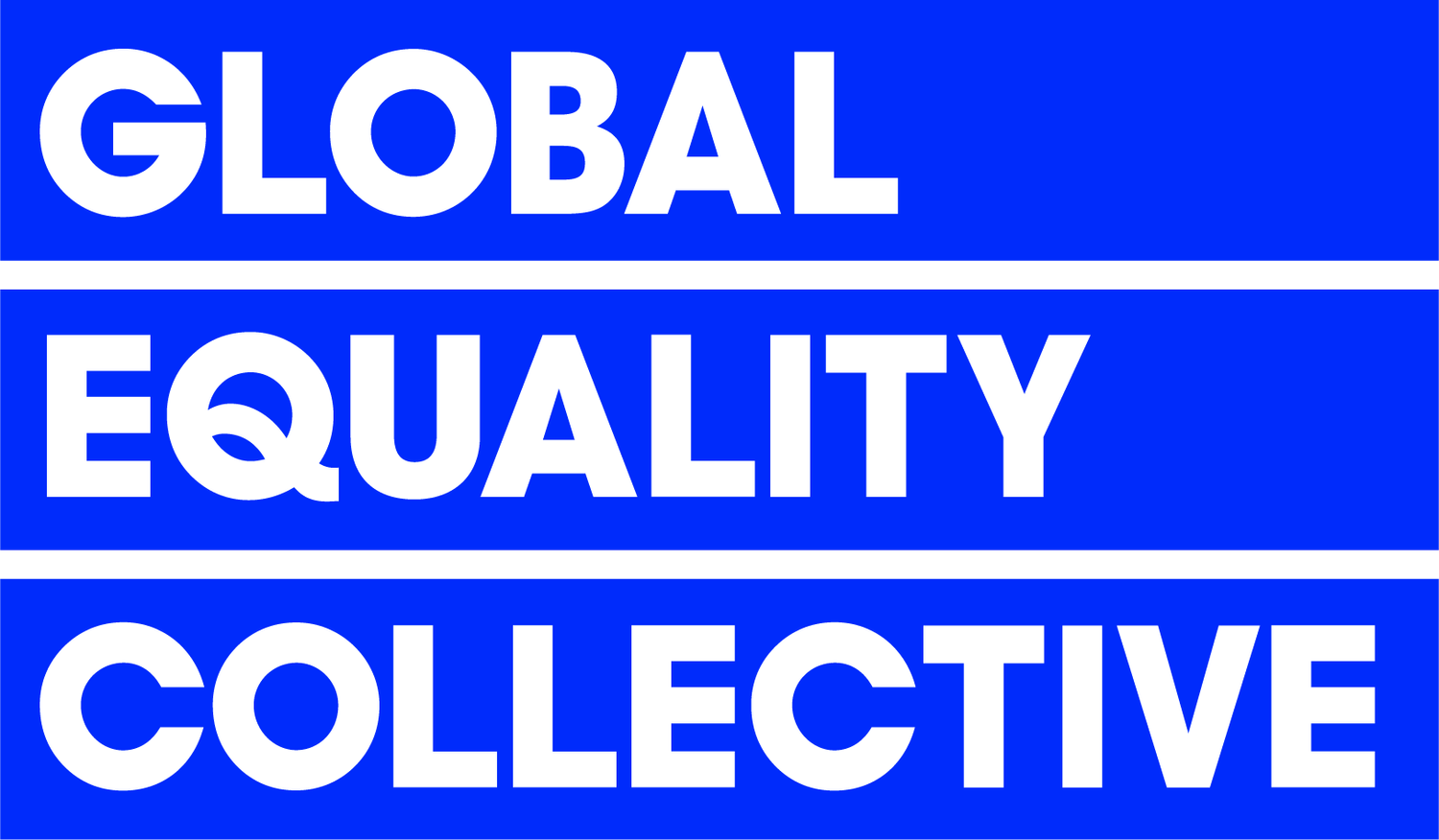GEC Inclusion Index - Student - Key Behavioural Area 5
Teacher Trust
“Teachers here help me to do my best.”
67.8% agree
⬇ Worsening Concern
So what?
Trust is the foundation of every learning relationship. Without it, support feels conditional, and inclusion remains surface-level. Despite the critical role of teacher support, only 67.8% of students across our GEC 26,000 Voices dataset felt that teachers help them to do their best. That means nearly 4 in 10 students don’t feel fully supported — a clear warning for schools.
This isn’t just about teaching styles. It’s about identity, assumptions, and how students are responded to when they’re vulnerable or misunderstood.
📣 What We Heard
“I get told off when I’m struggling instead of helped.”
“I try to ask for help but they say I’m being lazy. It makes me feel stupid.”
“I do my best when teachers believe in me. Some do. Some don’t.”
The GEC Platform: Proven Solution
The GEC Platform captures anonymous student voice across identity, need, and experience — helping schools map trust patterns and pinpoint where support is missing.
But it doesn’t stop there. The platform includes a whole-school framework to build inclusive strategies and strengthen student-staff relationships, underpinned by award-winning methodology and real student insight.
We help schools become trust-building institutions — where inclusion is more than a policy and support is tailored, responsive, and proactive. From anonymised feedback to inclusive CPD strategies, the GEC Platform ensures your culture, communication and classroom practice are fit for every learner.
The Kaleidoscope View
Our Kaleidoscopic Data shows a marked trust gap between students with intersectional identities and their peers:
33% of SEND learners strongly disagree that teachers listen to them, compared to just 8.7% of non-SEND students
20.65% of students with invisible disabilities strongly disagree that their needs are supported
Non-disclosure students, who are often masking disability, gender identity or trauma, report the lowest trust levels, with only 21.2% feeling heard
These aren’t anomalies — they’re systemic signals. For Black students, teacher assumptions often emerged as a barrier to trust:
“They always think I’m being rude when I’m just explaining myself.”
“If a white student speaks up, it’s confident. When I do it, it’s aggressive.”
LGBTQIA+ students shared that concerns about bullying and homophobic language were often minimised:
“When I told a teacher someone called me gay as an insult, they said to just ignore it.”
Over time, these patterns erode more than relationships — they damage trust in the school as a whole. When students can’t rely on teachers to understand or protect them, learning takes a backseat to survival.
Crucially, higher teacher trust scores correlate strongly with other inclusion metrics: belonging, safety, and engagement. Where trust is strong, everything else improves.
Next Steps & Free Stuff
📚 Read our blog “Looking Beyond the Surface: A Guide to a More Inclusive Classroom” – featuring student insights on trust and visibility in school
🔗 Read it here
🎓 Use the GEC Platform to map inclusion and embed strategy-level trust-building
💬 Join our next GEC event for school leaders and inclusion experts






